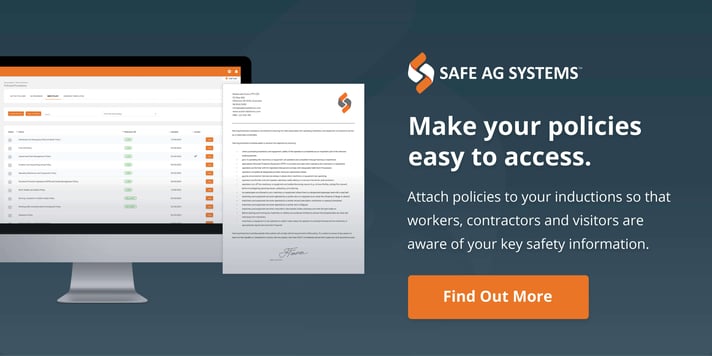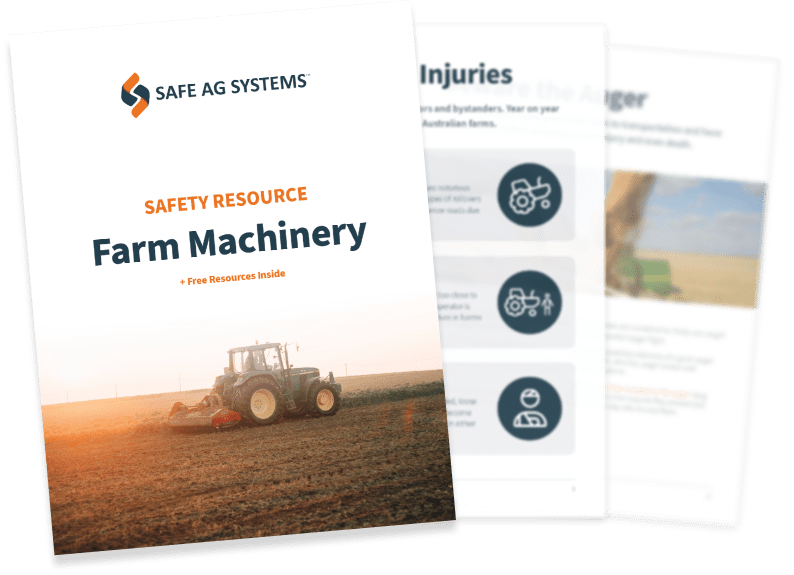Can anyone just pick up a drone and fly it?
You might have one. Your neighbour might have one. You might have even entered a competition to win one at some point. But do you know how to use one safely?
What: a drone.
Tipped to be worth $32.4 billion US dollars to the global agricultural industry[1], drone technology is revolutionising the agricultural industry rapidly. Drones, unmanned aerial vehicles, or UAVs, can be used safely for a range of tasks on farm including soil analysis, monitoring crop health, weed mapping, irrigation or drainage design, farm planning and more. The short turnaround time between capturing the data and analysis provides a valuable tool that can help decision making.
Can anyone just pick up a drone and fly it? The answer, in short, is yes - depending on what you're using it for. In Australia, the Civil Aviation Safety Authority (CASA) regulates the use of UAVs.
The legislation says that when you're flying a drone for any form of economic gain, you need to have a remotely piloted aircraft (RPA) operator's certificate, unless the RPA weighs less than 2kg. If you're flying for fun, and not commercially, then you don't need to be certified, providing you follow some simple drone safety rules. You do, however, need approval if your drone weighs more than 25kg.
Farmers who operate drones over their own land that weigh less than 25kg do not require a remote pilot license, but must obtain operator accreditation by January 28th 2021. Accreditation is free and is valid for 3 years.
All drones or RPA, no matter how much they weigh, must be registered with CASA before being flown. From January 28th you can be fined up to $11,100 if you fly an unregistered drone for business or as part of your job.
Drone registration is valid for 12 months, but head to the CASA website for all the information about registration and operator accreditation.
It's clear however, that safety is paramount when using a drone. Whatever your reason for flying, it is an offence to operate an unmanned aircraft in a way that creates a hazard to another aircraft, another person or property.
CASA outlines Standard Operating Conditions for flying UAVs, which are generally common sense rules, for example, don't fly any higher than 120m above ground level, only fly during the day, and don't fly over populated areas, such as beaches, parks and sporting ovals.
So what are some of the risks in flying a drone? One unusual - but very common - risk is the UAV becoming a target for a stealthy eagle hunting its next meal or viewing the UAV as an opponent. Early GRDC reports[2]estimated at least one wedge-tailed eagle attack on a UAV every day! This eagle managed to snap a quick selfie before destroying this Western Australian farmer's drone back in May. It is recommended to keep a UAV within your line of sight to prevent damage from over-zealous wildlife.
Many of the uses for traditional manned aircraft in agriculture require flying low to the ground. The results of a fast-moving aircraft and a UAV crashing could be catastrophic. That's why it's essential the UAV remains close to the ground and the operator always maintains a line of sight with the UAV.
There are also risks with larger UAVs containing batteries that could cause fire on impact, which could lead to damage to property or people on the ground if used incorrectly.
And what about power lines? Common sense would dictate that you need to steer clear of power lines. But some electricity companies are investigating whether they can use drones to check the maintenance of the lines. There has even been research from Melbourne University looking at whether power lines can be used to remotely charge drones!
At the end of the day, UAVs provide a unique opportunity for Australian agriculture to launch itself into a technological era. We just need to make sure we do it safely!
1 - Clarity from above, Price Waterhouse Coopers global report on the commercial applications of drone technology, May 2016. (Source)
2 - Rennie, J, and de Chelard, H, 17 Feb 2015, The use of unmanned aerial vehicles (UAVs) in agriculture - regulations, challenges and opportunities, GRDC Update Paper, online, (Source)
Disclaimer: Content on this website may be of relevance to users outside of Australia, but content links and examples are specific to Australia. Please check with your local authority for your country and industry requirements.
Originally published 28 January, 2021.









